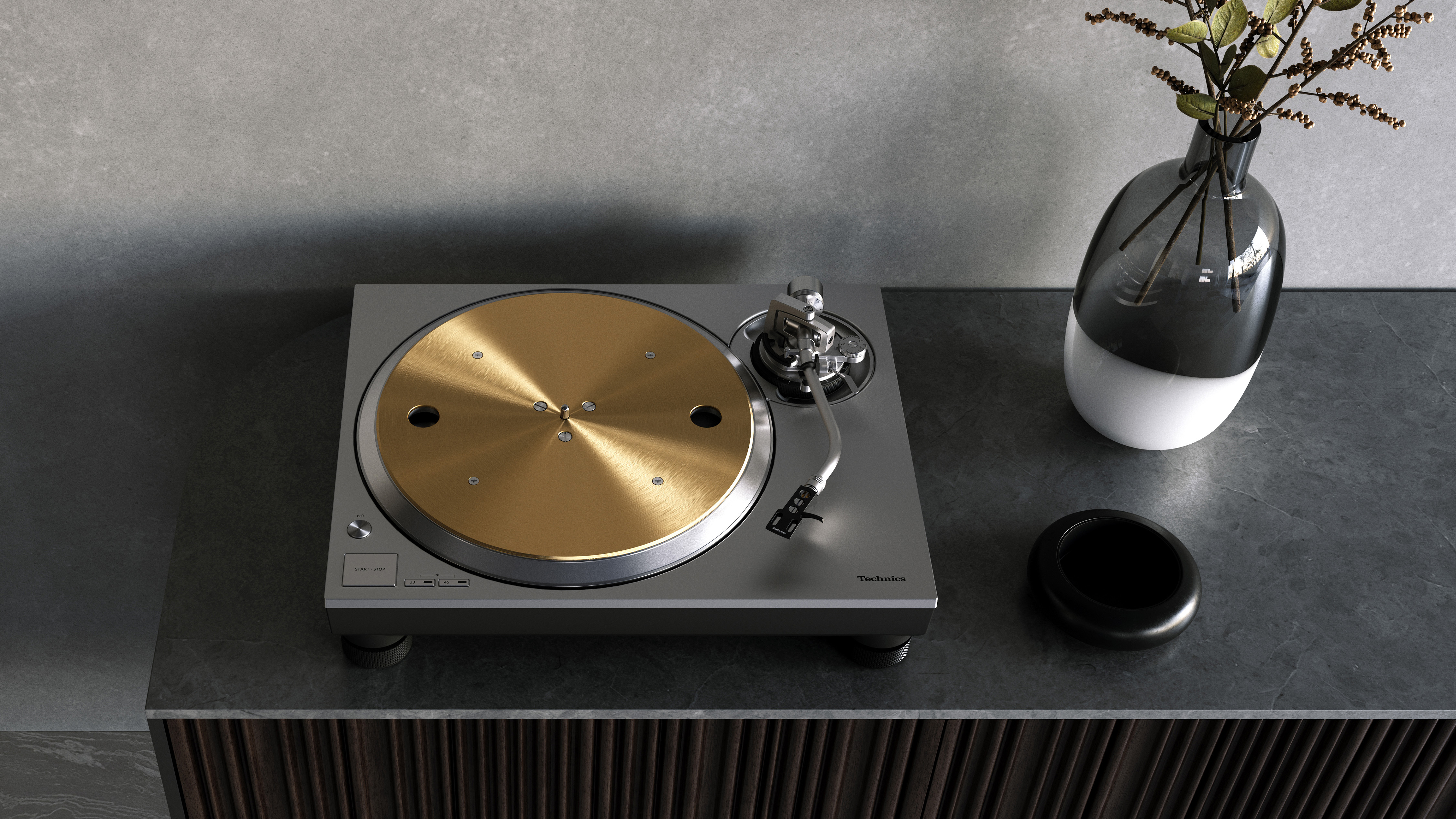
The 2025 school year is underway, and while some students can make do with their current laptops, others may need an upgrade. To help, we’ve compiled this Best Student Laptops Guide, featuring affordable and powerful options for every need and budget.
Retailers often offer enticing student discounts, so keep an eye out for deals – you might spend less than expected. Whether you're heading to university, studying from home, or anything in between, our guide will help you find the perfect laptop with the right features at the right price.
Check back regularly, as we continuously update our list with newer models, fresh deals, and essential buying advice to ensure you get the best value and productivity from your device.
The best student laptops you can buy today
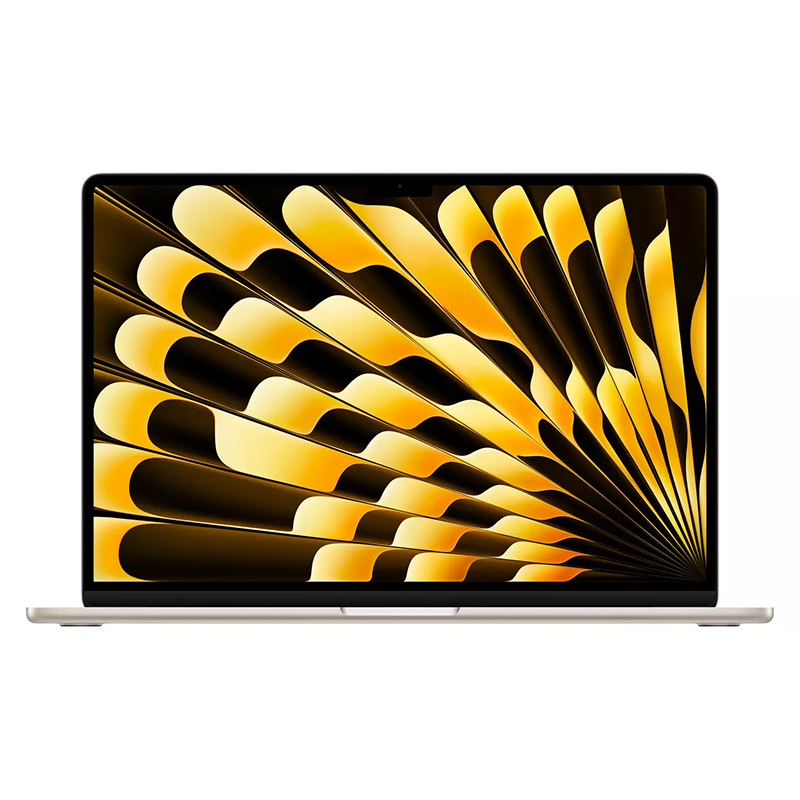
Specifications
Reasons to buy
Reasons to avoid
Sure, Apple laptops are on the more expensive side, but they’re widely supported by schools and known for their reliability. The M3-powered Air, launched last year, now comes with 16GB of RAM as standard and offers great battery life and a sturdy build. It also has a top notch 13.6 inch, 2560 x 1664 display, a fingerprint reader, webcam and large trackpad. You can also get it in a 15-inch variant, but most schools recommend sticking to the smaller size.
However, the Air has a few limitation, and its fanless design makes it less suitable for video editing or heavy workloads, and it only supports only one external monitor. The Air can charge via MagSafe or the two USB-C ports, but be aware that it has no standard USB-A ports, so students may need a dongle if plugging in some devices.
For students looking at MacBooks, price is a key consideration. The latest 13-inch MacBook Air (M3) starts at AU$1,799, but upgrading to 24GB of RAM and a 2TB SSD raised that to a hefty AU$3,299. A more affordable alternative is the MacBook Air M2 2022 (read our review), which starts at AU$1,599 and delivers nearly the same performance for several hundred dollars less.
Want to know more? Read our full MacBook Air M3 review for the full pros and cons.
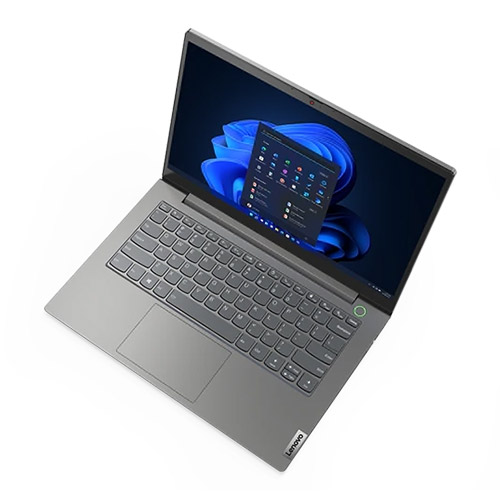
2. Lenovo ThinkBook 14 Gen 7 (AMD)
Specifications
Reasons to buy
Reasons to avoid
Students after a well-built, affordable laptop can't do much better than the Lenovo ThinkBook range – a business-focused lineup that also delivers great value for school or university. While it doesn’t often see major discounts, small savings can usually be found, especially through Lenovo’s Education store. A student-ready configuration starts at around AU$1,250, but can often be as low as AU$1,000.
Right now, our top pick is the ThinkBook 14 Gen 7 AMD. Powered by either a Ryzen 5 7535HS or Ryzen 7 7735HS, it outperforms the Intel variants, and comes standard with 16GB of RAM, making it more than capable of keeping up with schoolwork. The 1920 × 1200 IPS display is decent enough, though its 45% NTSC colour gamut means it’s not well suited for creative work.
One crucial upgrade if purchasing is the 60Wh battery, which costs just AU$20 extra but ensures the laptop lasts a full school day unplugged. This is particularly important since battery life can be a limiting factor when the laptop is older.
For students needing solid performance, durability, and value – without the premium price tag of high-end ultrabooks – the ThinkBook 14 is one of the best options available.
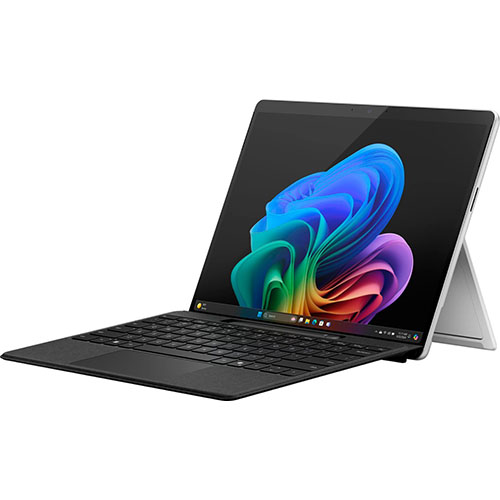
Specifications
Reasons to buy
Reasons to avoid
If you need a laptop that’s powerful, portable, and lasts all day, the latest Surface Pro is a great option. It runs on the new Snapdragon X Elite CPU, delivering strong performance while keeping battery life high.
The Surface Pro 11 keeps the familiar Windows tablet design but now comes with a choice of LCD or OLED displays. For students working on creative projects, the OLED model is the better option, offering deeper blacks and richer contrast. The latest keyboard is also worth considering, as it can detach and be used wirelessly, plus it includes a built-in slot to store and charge the new Slim Pen.
It’s also lightweight and easy to carry, weighing just under 900 grams on its own and a little over a kilogram with the keyboard attached. Battery life is another highlight, comfortably lasting over 10 hours, so there’s no need to worry about charging throughout the school day.
Some schools do recommend avoiding Snapdragon-based laptops due to compatibility concerns, but the Surface Pro handles most Windows software without issues. And since the majority of schoolwork is done through a web browser (or via Microsoft apps), it’s unlikely to be a problem – though it’s always worth checking with your school if unsure.
The biggest downside is the price, and a complete setup with the keyboard and pen starts around AU$2,500, and while discounts can sometimes bring it down to AU$2,000, major price drops haven’t been common. If you like the idea of a Surface device but prefer a traditional laptop, the Surface Laptop (7th Gen) is worth a look.
Does the idea of a convertible tablet laptop appeal? Read our full Microsoft Surface Pro 11 review to learn more.
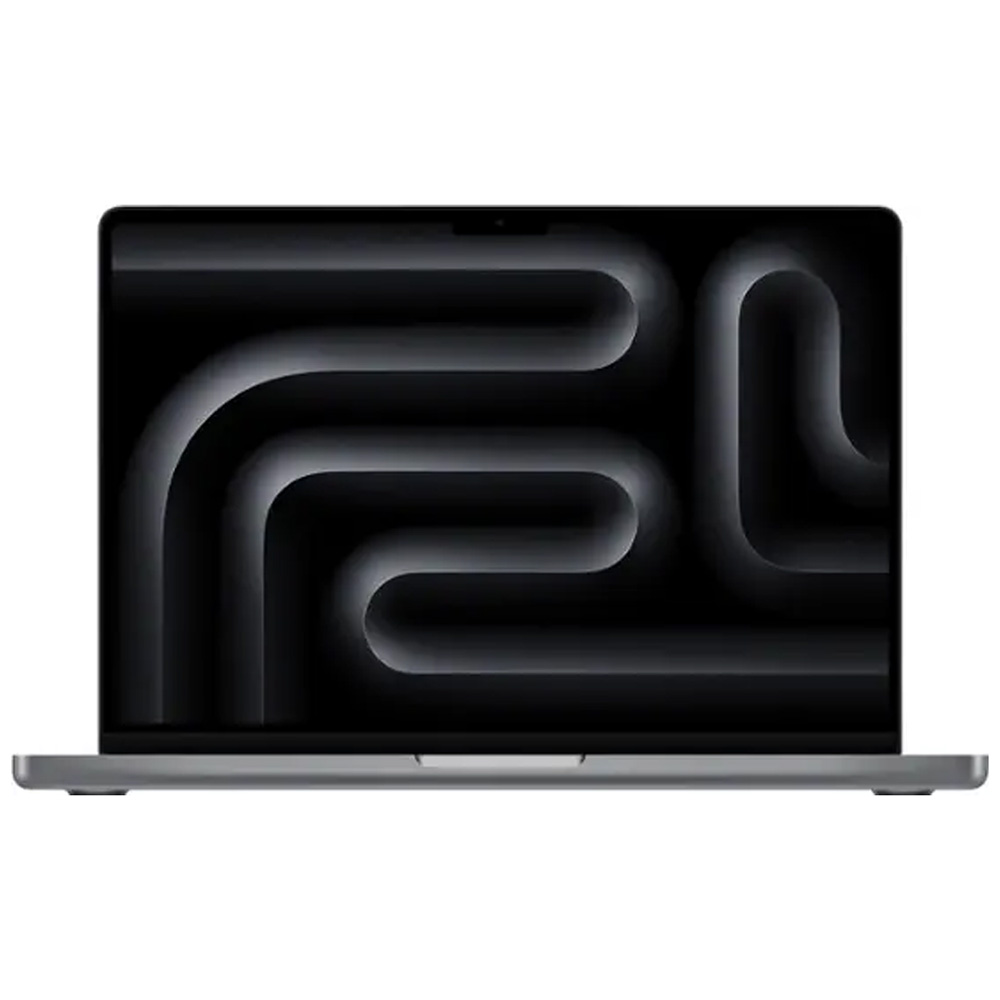
Specifications
Reasons to buy
Reasons to avoid
Apple’s MacBook Pro lineup is known for delivering serious power in a portable design, with enough battery life to last through a full school day. The 14-inch model is the most practical choice for students, as most schools discourage larger 16-inch laptops due to desk space limitations.
The 2024 MacBook Pro now comes with a choice of M4, M4 Pro, or M4 Max processors, but if you’re after the best value, last year’s M3 model is worth considering when on sale. While stock is becoming harder to find, it still offers excellent performance at a lower price – making it a smarter buy for students who don’t need the absolute latest hardware.
The entry-level 14-inch MacBook Pro starts at AU$2,499, but upgrading RAM or storage quickly drives up the cost. That’s where the 2023 M3 version becomes appealing, as discounts can make the higher spec models a far better deal. For students already using Apple devices – or those who need a machine for demanding subjects like coding, design, or video editing – the MacBook Pro a worthwhile investment.
Think a MacBook Pro might suit? Take a look at our MacBook Pro M4 (2024) review, or if you are keen to save some money, then read about the MacBook Pro M3 (2023).
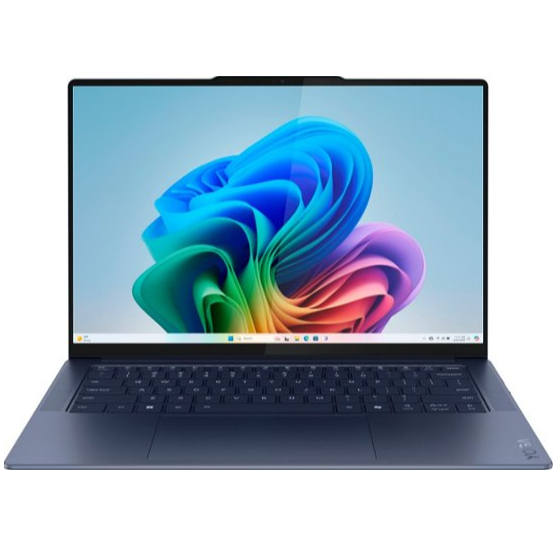
Specifications
Reasons to buy
Reasons to avoid
If you’re looking for a laptop that’s light, fast, and built to last, the Lenovo Yoga Slim 7x is a solid choice. With its sleek aluminum design, it’s easy to carry around without feeling flimsy, making it a great fit for students who need a reliable Windows laptop.
One of its biggest highlights is the 14.5-inch OLED display. With a sharp 2,944 x 1,840 resolution and a smooth 90Hz refresh rate, everything looks crisp and fluid. Colors are vivid, contrast is deep, and the 16:10 aspect ratio gives you extra screen space for work or browsing. Plus, the touchscreen adds an extra layer of convenience.
Powered by the Snapdragon X Elite, this laptop delivers impressive speed and efficiency without pushing the price too high. Whether you’re juggling assignments, streaming, or multitasking, it handles everything smoothly while staying responsive.
Battery life is another strong point. It may not last the very longest among Snapdragon laptops, but it still outperforms most premium Windows machines, getting you through the day without constantly searching for an outlet.
Intrigued? Read our 5-star Lenovo Yoga Slim 7x review to find out more.
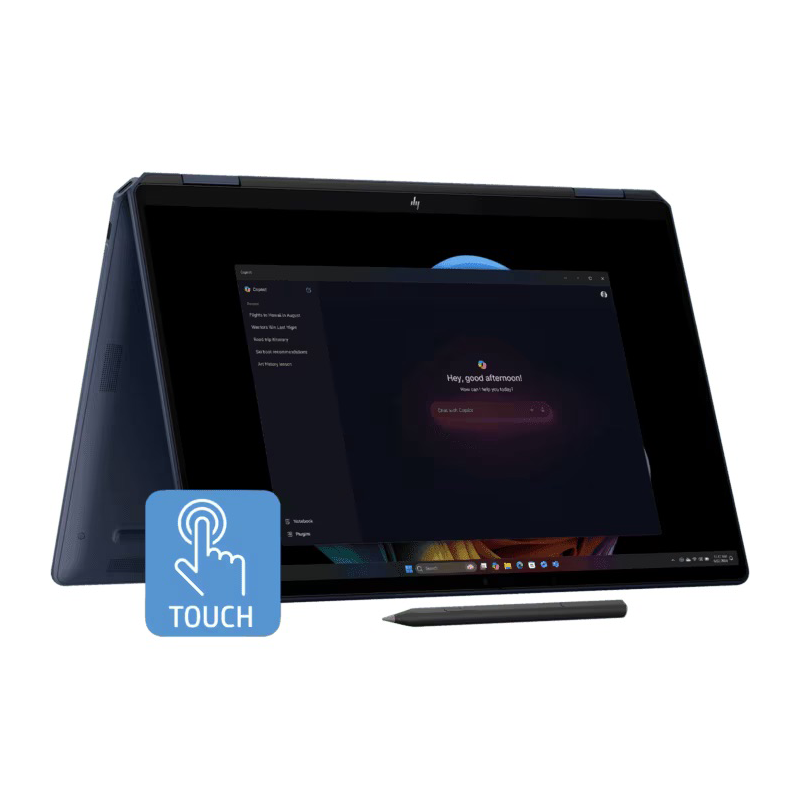
Specifications
Reasons to buy
Reasons to avoid
Balancing power and portability, the HP OmniBook Flip Ultra is designed for students who need a flexible device that can adapt to different learning environments. Whether used for research, creative projects, or attending virtual classes, this 2-in-1 laptop offers excellent performance thanks to the latest Intel Ultra Series 2 processors and up to 32GB of RAM. Battery life reaches up to 12 hours, ensuring reliable performance throughout a full school day without needing to recharge.
The Flip Ultra’s premium metal design houses a fold-over hinge, allowing it to switch seamlessly between laptop and tablet modes. Its 2880 x 1800 OLED touchscreen delivers vivid visuals, making it a great choice for media consumption, stylus-supported note-taking, and digital art. The device also comes with useful extras, including a facial recognition webcam for quick logins and Thunderbolt 4 ports for high-speed connectivity or external display support.
Pricing remains on the higher end, but frequent discounts of 20% or more make the Flip Ultra a more attractive purchase. Compared to similarly priced alternatives, it excels in sustained performance, particularly outperforming fanless models like the MacBook Air under heavy workloads. Students who don’t need 2-in-1 versatility can consider the HP OmniBook Ultra Laptop, which offers similar specs with a Ryzen AI 9 processor instead.
Is a 2-in-1 your ideal student machine? Take a gander at our HP OmniBook Ultra Flip review to get the full lowdown.
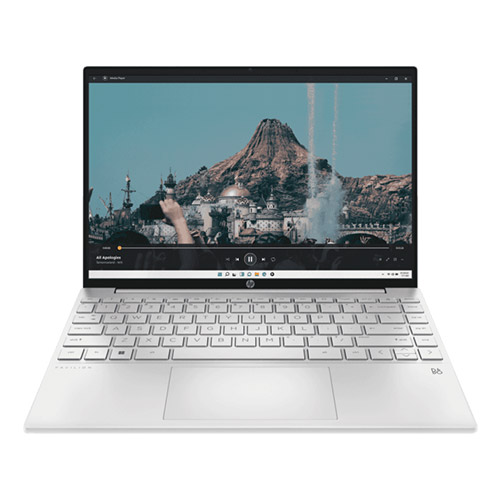
7. HP Pavilion Aero 13
Specifications
Reasons to buy
Reasons to avoid
The HP Pavilion Aero stands out thanks to a very lightweight build that makes it an easy addition to any backpack, and despite its portability, it delivers the power needed for coursework and multitasking.
Under the hood, the Aero is available with Ryzen 5 or Ryzen 7 processors, backed by 16GB of RAM and a 512GB SSD. This combination ensures responsive performance, whether handling research, assignments, or light creative work. The battery life is another highlight – lasting up to 10 hours on a single charge, it’s well suited for a full day of classes without needing to be plugged in.
The standard 2560 × 1600 display offers crisp resolution and full sRGB colour coverage, making it a great choice for tasks requiring precise visuals. For those looking to save a bit, a lower-cost variant with a 1920 × 1200 screen is available. The Aero includes premium features, such as a backlit keyboard, Wi-Fi 6 for fast connectivity, and an IR facial recognition webcam for quick and secure logins.
While HP’s listed price for the Aero can be a steep AU$2,799, discounts are common – it’s frequently available for AU$1,500 or less, making it a far more accessible option for students who need both power and portability While the HP website often has some decent ‘sale’ prices, the official HP eBay store has the laptop for just AU$1,399.
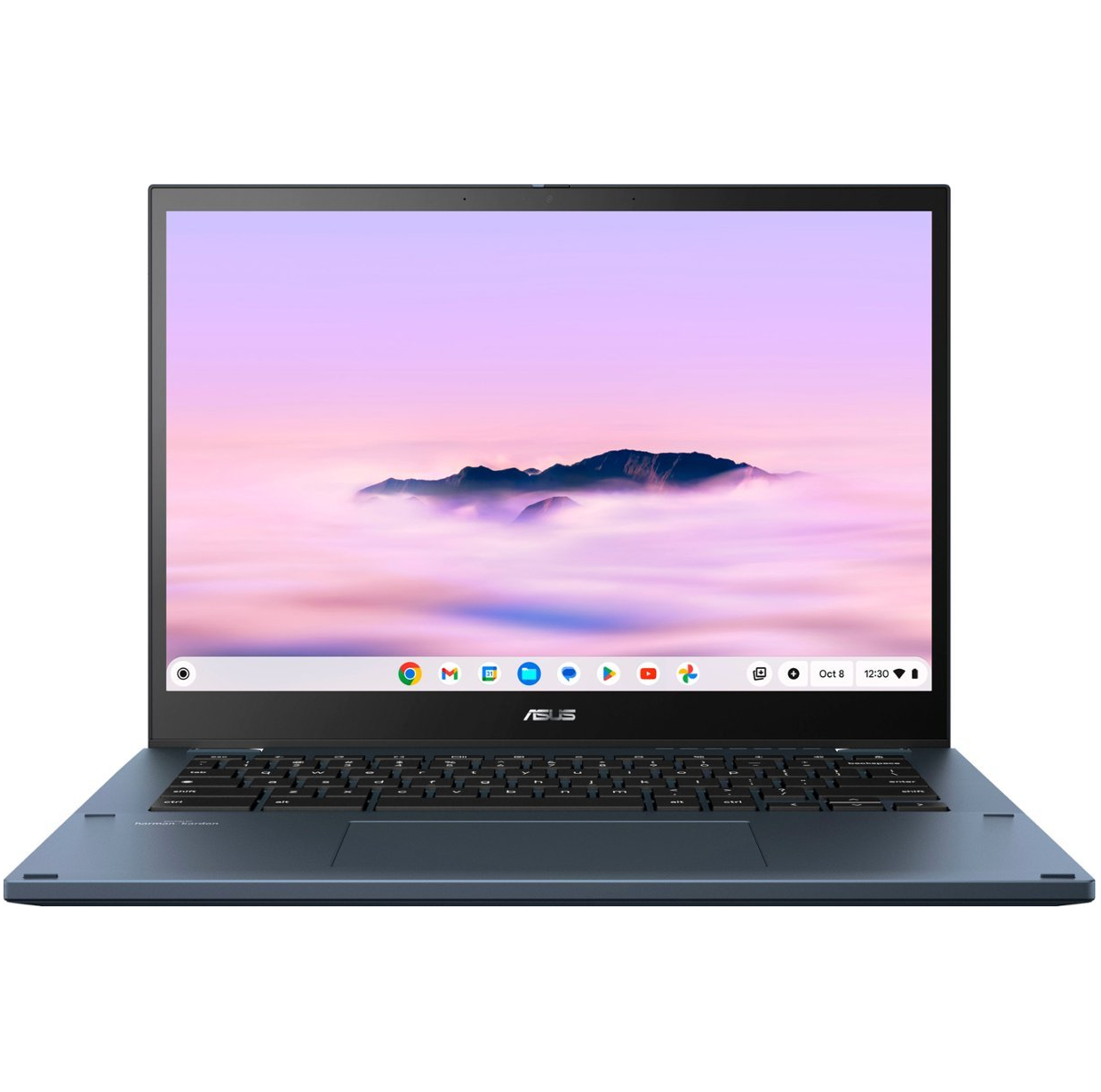
8. Asus Chromebook Plus CX34
Specifications
Reasons to buy
Reasons to avoid
Looking for a laptop that keeps up without any drama? The Asus Chromebook Plus CX34 delivers fast performance, Google-powered convenience, and a clean design that gets the job done. Some schools use Microsoft 365 rather than Google Classrooms, so if unsure, check before buying a Chromebook.
Unlike some underpowered machines, it has a Intel Core i3-1215U or i5-1235U and 8GB of DDR5 RAM, so can handle schoolwork, research, and multitasking with ease. Storage options range from 128GB UFS to a spacious 512GB SSD, so there’s plenty of room for assignments and projects. The 14-inch 1080p display offers crisp visuals without unnecessary touchscreen extras.
What really sets it apart is Google’s seamless integration. Docs, Sheets, and Slides work offline – no last-minute Wi-Fi panic – while Google Drive syncs everything effortlessly. Built-in webcam tools like background blur and noise cancellation make video calls clearer for remote students.
The Plus series of Chromebooks are not the cheapest, but recent discounts make the CX34 a great deal. Fast, reliable, and easy to use – it’s a smart alternative to sluggish budget Windows laptops.
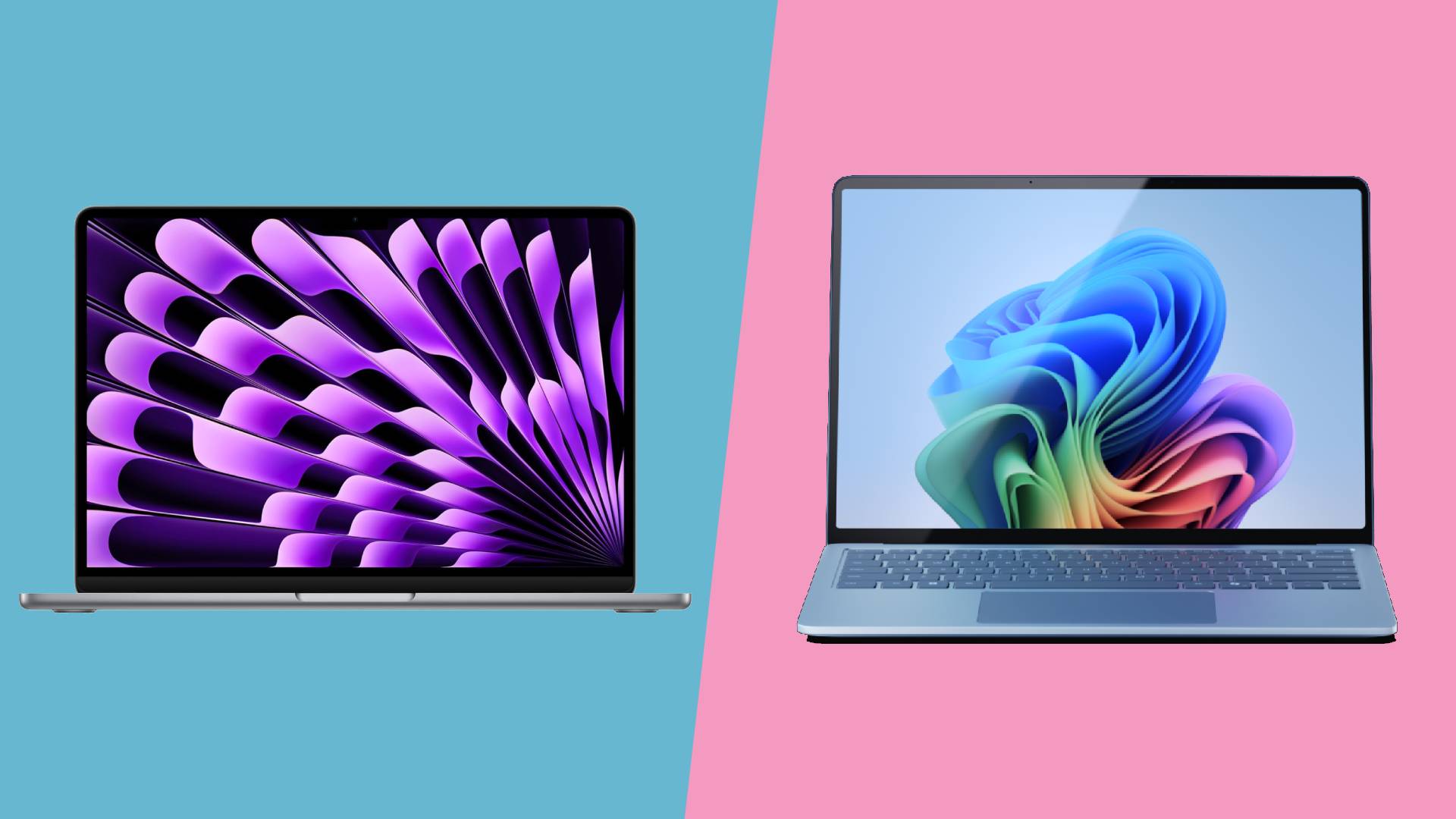
How to choose the best student laptop
Today's computers need to be able to do much more than the primitive number-crunchers of old. They need to support a huge range of software, given that several courses have special requirements, as well as the standard office packages.
When it comes to software, Microsoft's Office 365 suite is often made available to students by the academic institution they're attending and, if not, the Google Docs suite is free for everyone and easy to use for with a Gmail account. If you are partial to Google's online offering Google's Chromebooks are a great lightweight tool for students that can be cheaper than full Windows 11 systems.
Many students will need their laptops to be able to run HD video lectures without juddering of course, while a set of good speakers always comes in handy when the university day is done. These machines have to be affordable too, given the increased cost of schooling all round the world.
Integrated webcams are important as well, for web lectures and broadcast media-related courses especially in our increasingly online context, but these are now included as standard on every laptop. You'd be hard pushed to find a model without one.
Assuming that a student's main workload is based around the web and document processing, this roundup also allows for the odd use of processor-heavy professional applications on some of the more premium systems.
If you have lots of big data-sets to crunch or your studies require you to to work with graphically intensive software, you might want to check out our best ultrabook or best gaming laptops roundups for a slightly more powerful PC.
School Requirements
Before choosing a laptop, check your school’s BYOD (Bring Your Own Device) policy – it’s usually available on the school website. Requirements vary, but most schools recommend a model between 13 and 14 inches – larger than 11 inches but no bigger than 15. A minimum of 8GB of RAM is needed, though 16GB is the better choice to avoid any bottlenecks.
Battery life is also critical, as schools typically don’t allow charging during class due to safety concerns. Look for models rated at 10 hours or more, as it will reduce over time.
MacBooks and Windows laptops are both widely accepted, though some schools may prefer one over the other. While Chromebooks are sometimes used in primary schools, they’re rarely recommended for high school or university because of software limitations. Most coursework relies on web-based platforms or Microsoft 365 apps, and a laptop with a built-in webcam and microphone is essential.
Students should expect to replace their laptop at least once during high school. As coursework becomes more demanding, some subjects may require higher-performance machines. Always check for any additional specifications needed for certain classes or programs before making a purchase. If unsure, consult your school or university for guidance.
Also consider
Looking for other laptops or accessories? Here are some more helpful guides.
Sign up to the T3 newsletter for smarter living straight to your inbox
Get all the latest news, reviews, deals and buying guides on gorgeous tech, home and active products from the T3 experts
-
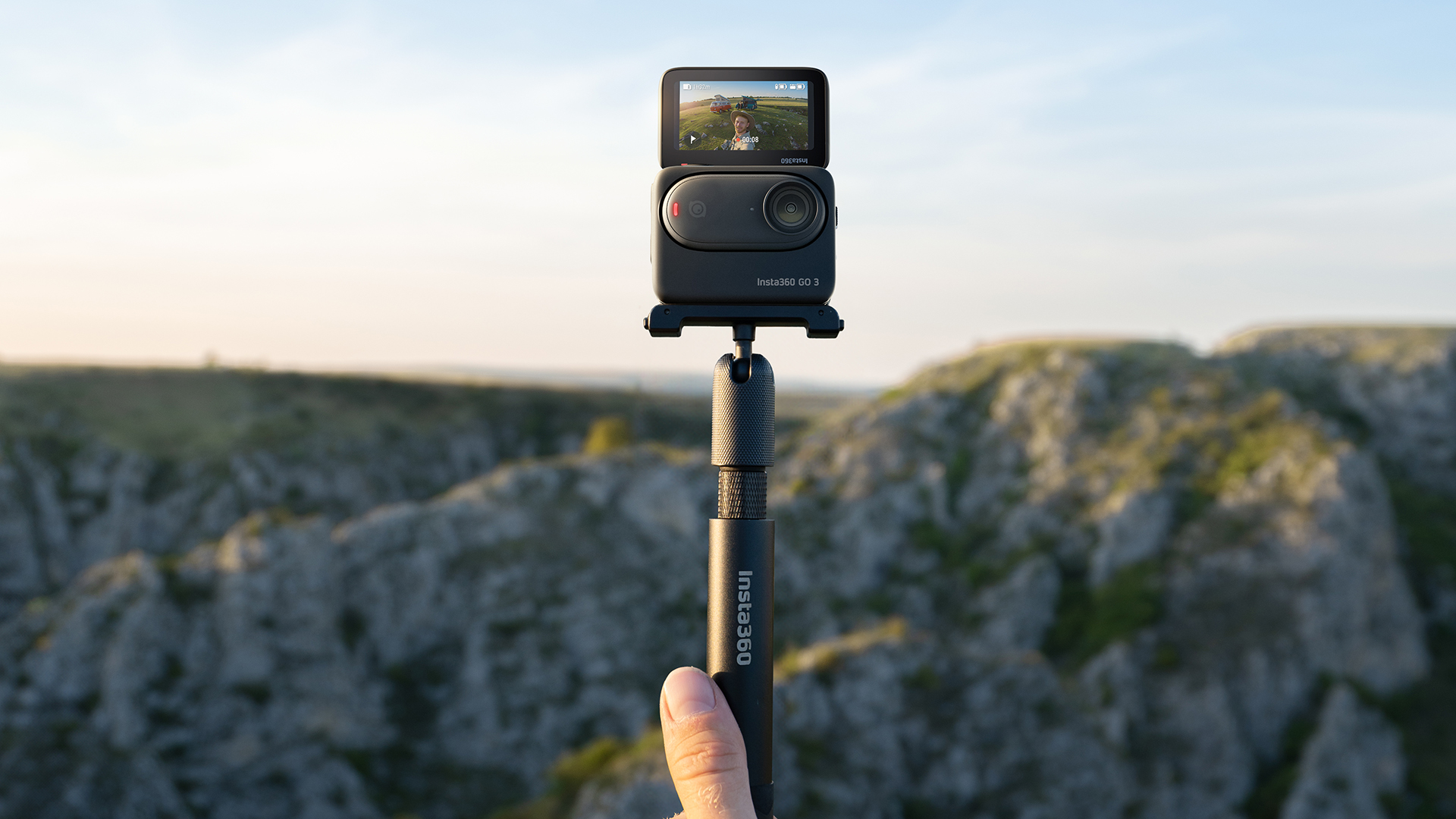 Best action camera 2025: rugged cams for adventurers and vloggers
Best action camera 2025: rugged cams for adventurers and vloggersThe best action cameras from GoPro, DJI, Insta360 and others to capture your adventures
By Matt Kollat
-
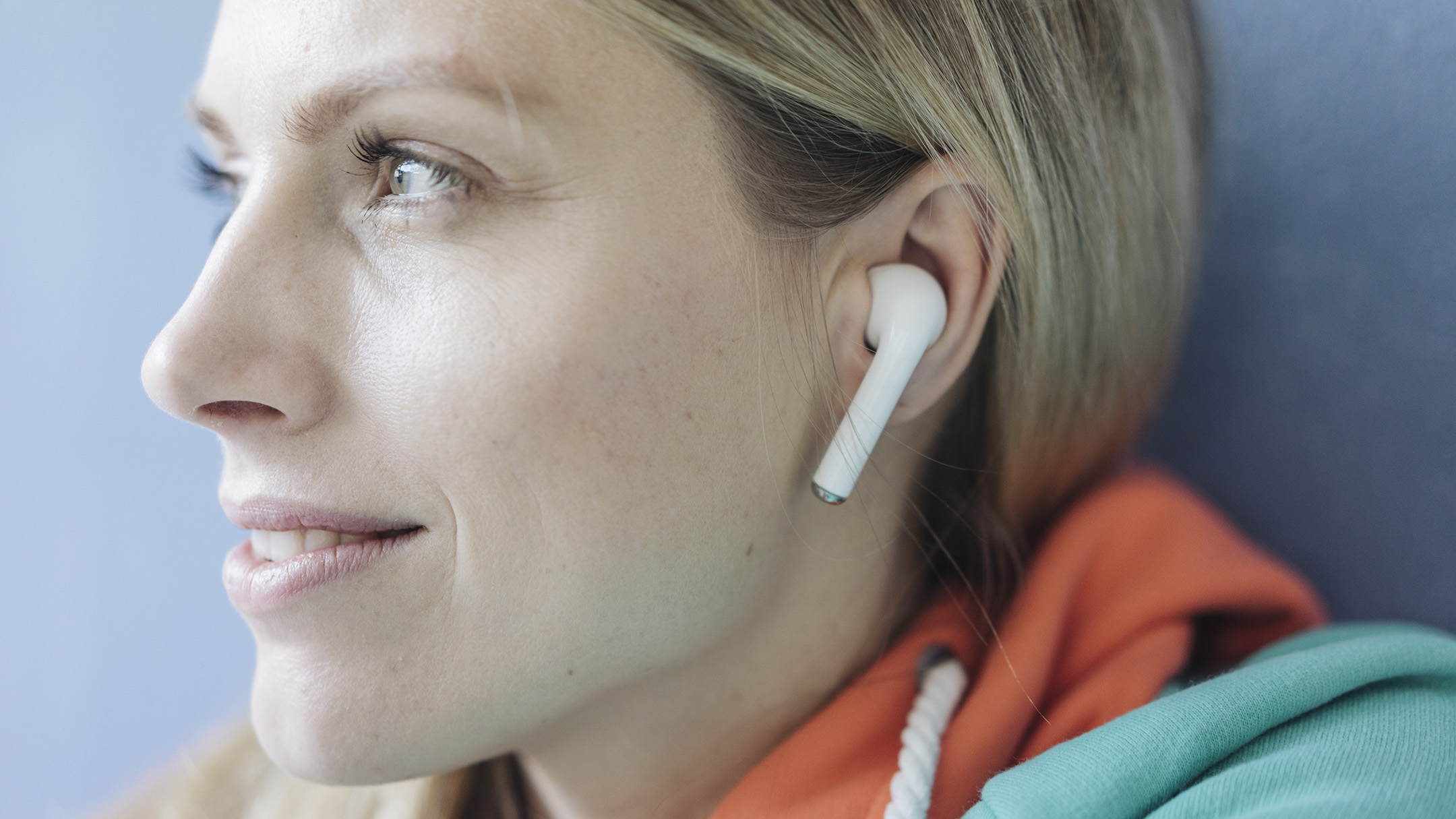 Best earbuds 2025
Best earbuds 2025Small in size but big in sound quality – these are ideal in-ear options
By David Nield
-
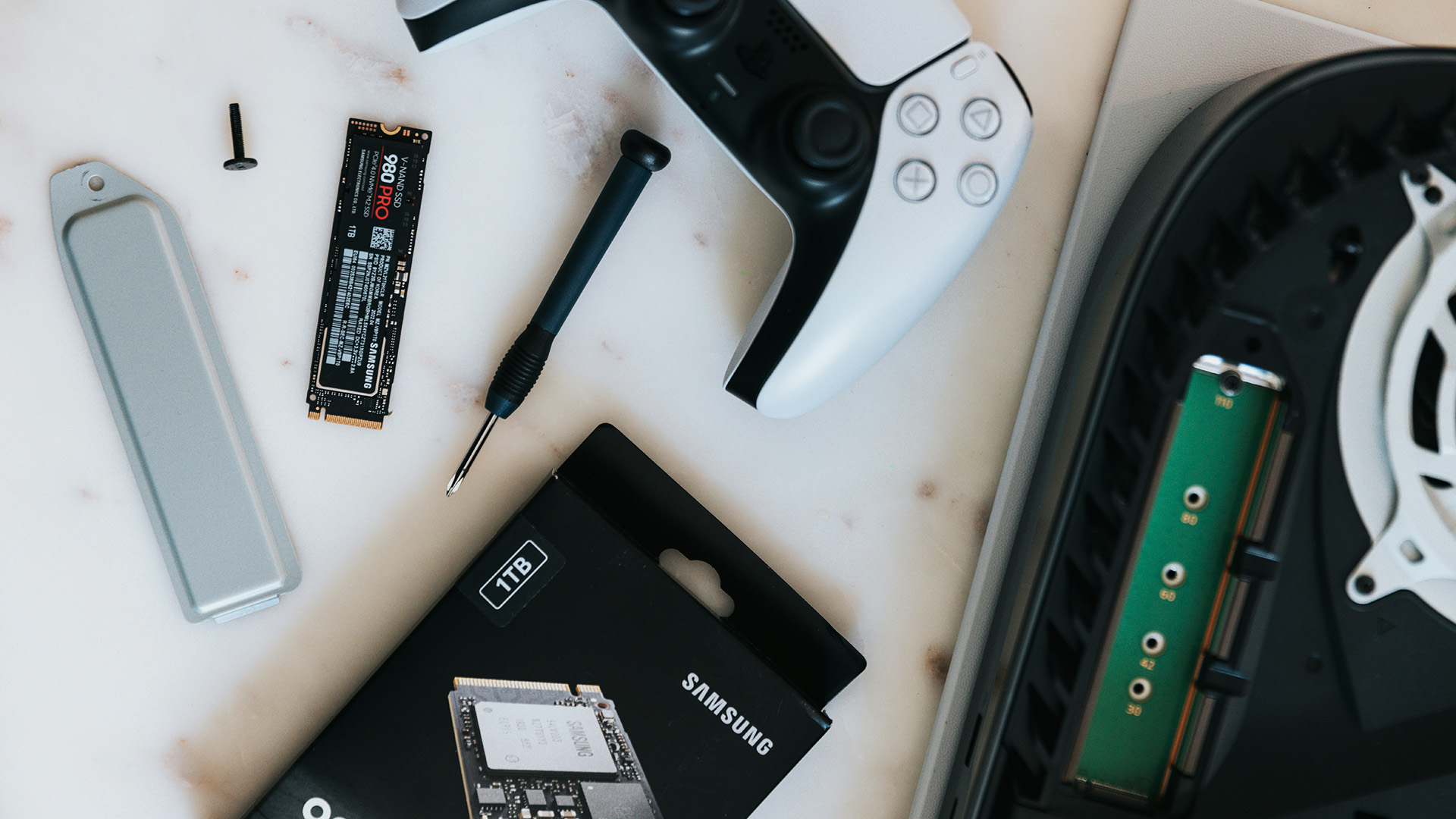 Best PS5 SSD 2025: store 100s more games on your PlayStation 5
Best PS5 SSD 2025: store 100s more games on your PlayStation 5The definitive guide to the best SSDs for PS5 available today
By Rik Henderson
-
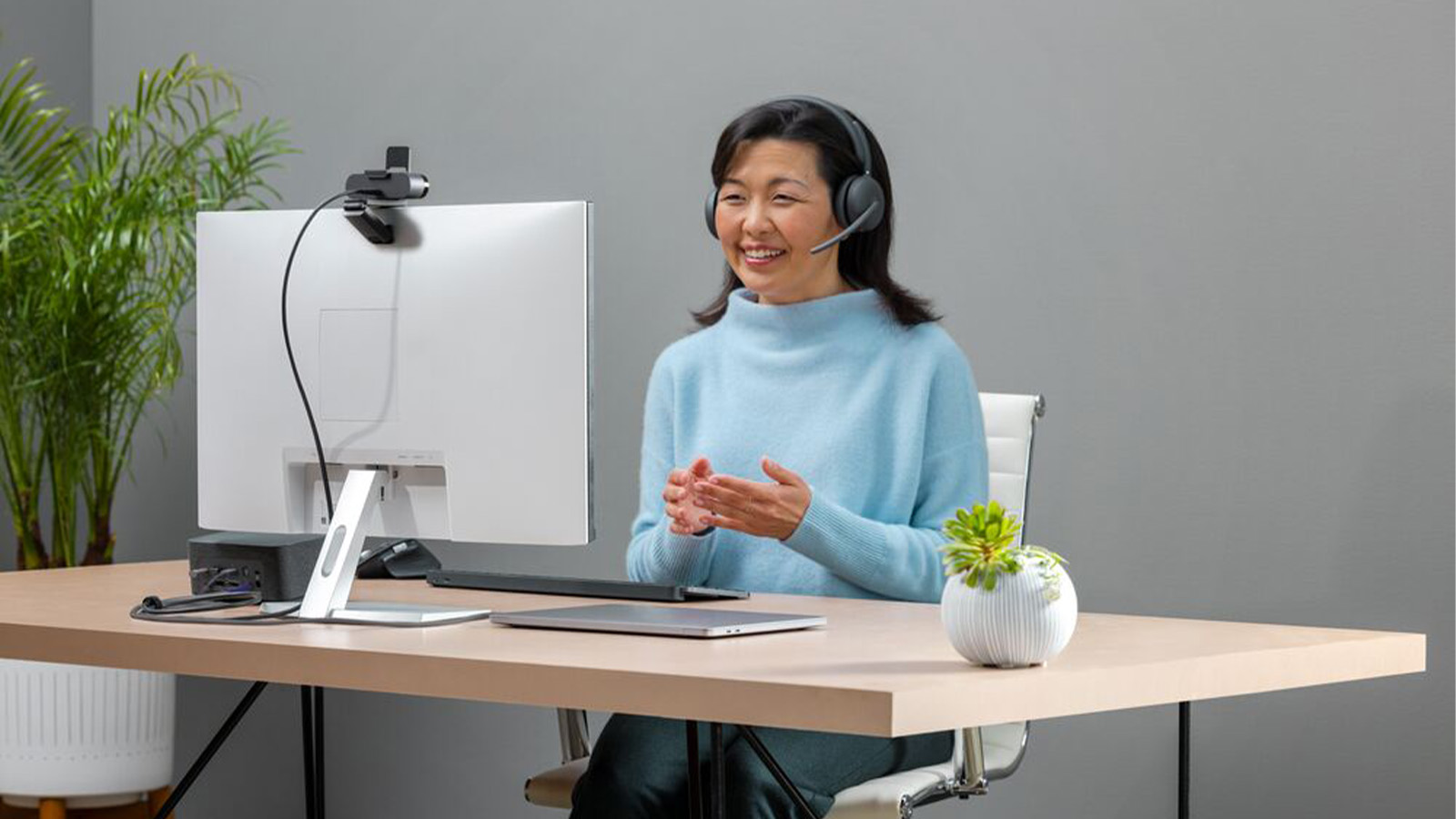 Logitech's new AI-powered headset sounds perfect for hybrid work
Logitech's new AI-powered headset sounds perfect for hybrid workMake things sound better on both ends
By Andy Sansom
-
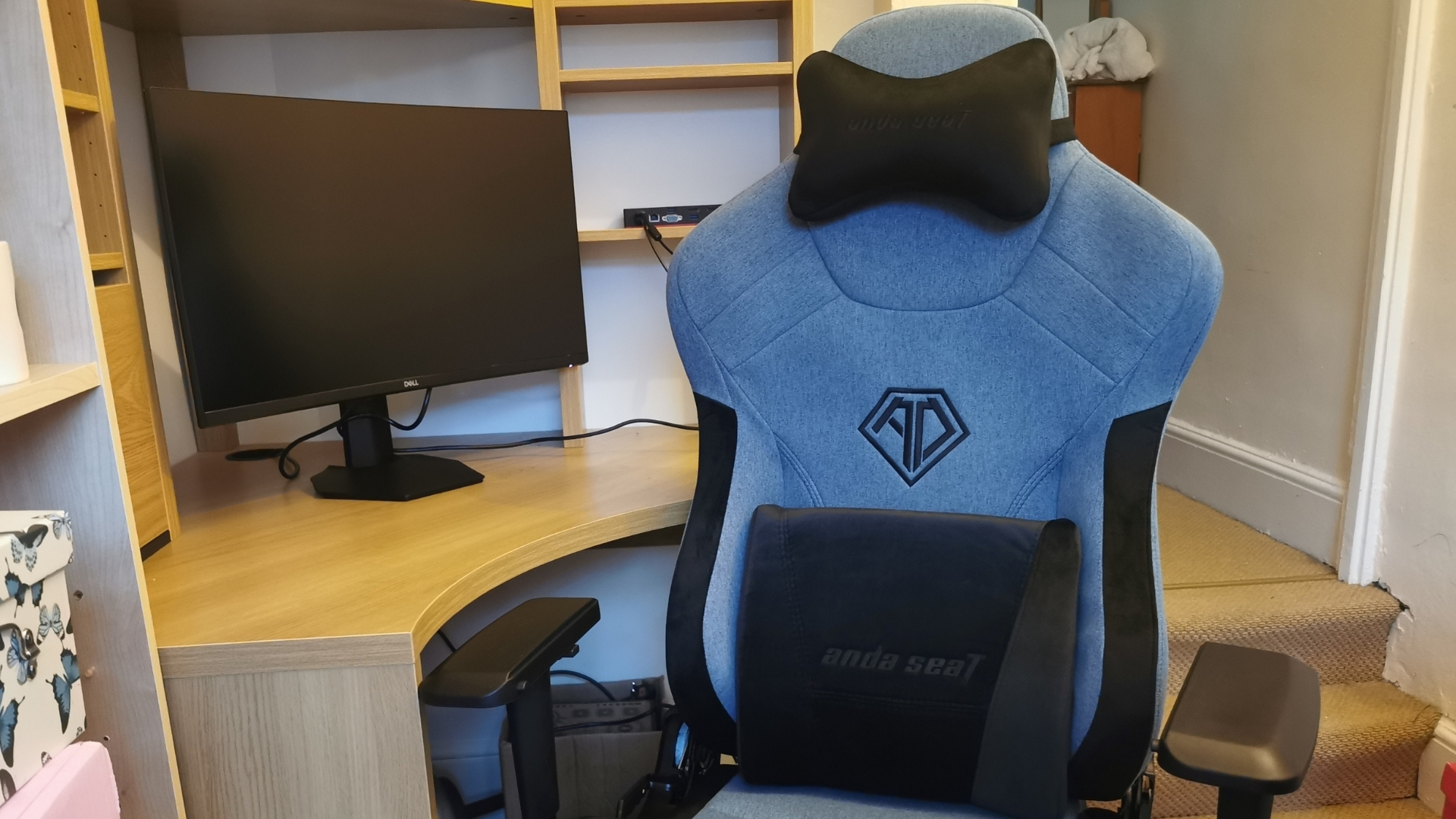 Best gaming chairs 2025: get more comfort and features when gaming
Best gaming chairs 2025: get more comfort and features when gamingThe best gaming chairs for any budget whether you're working from home or taking another call of duty
By Sam Cross
-
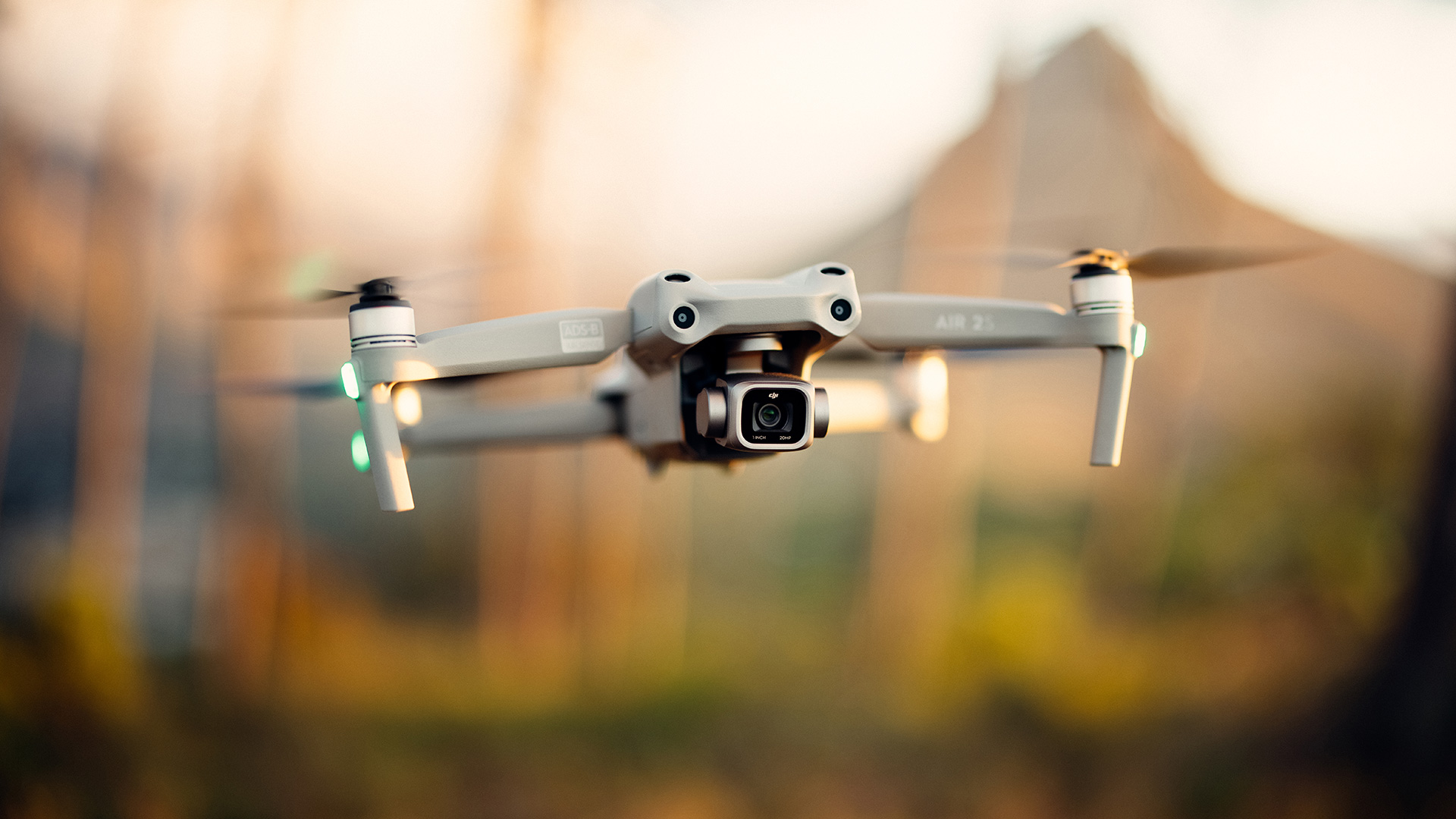 Best drone 2025: transform your perspective
Best drone 2025: transform your perspectiveTake to the skies with the best drones, offering stunning aerial photography, intuitive controls, and cutting-edge features for beginners and pros alike
By Matt Kollat
-
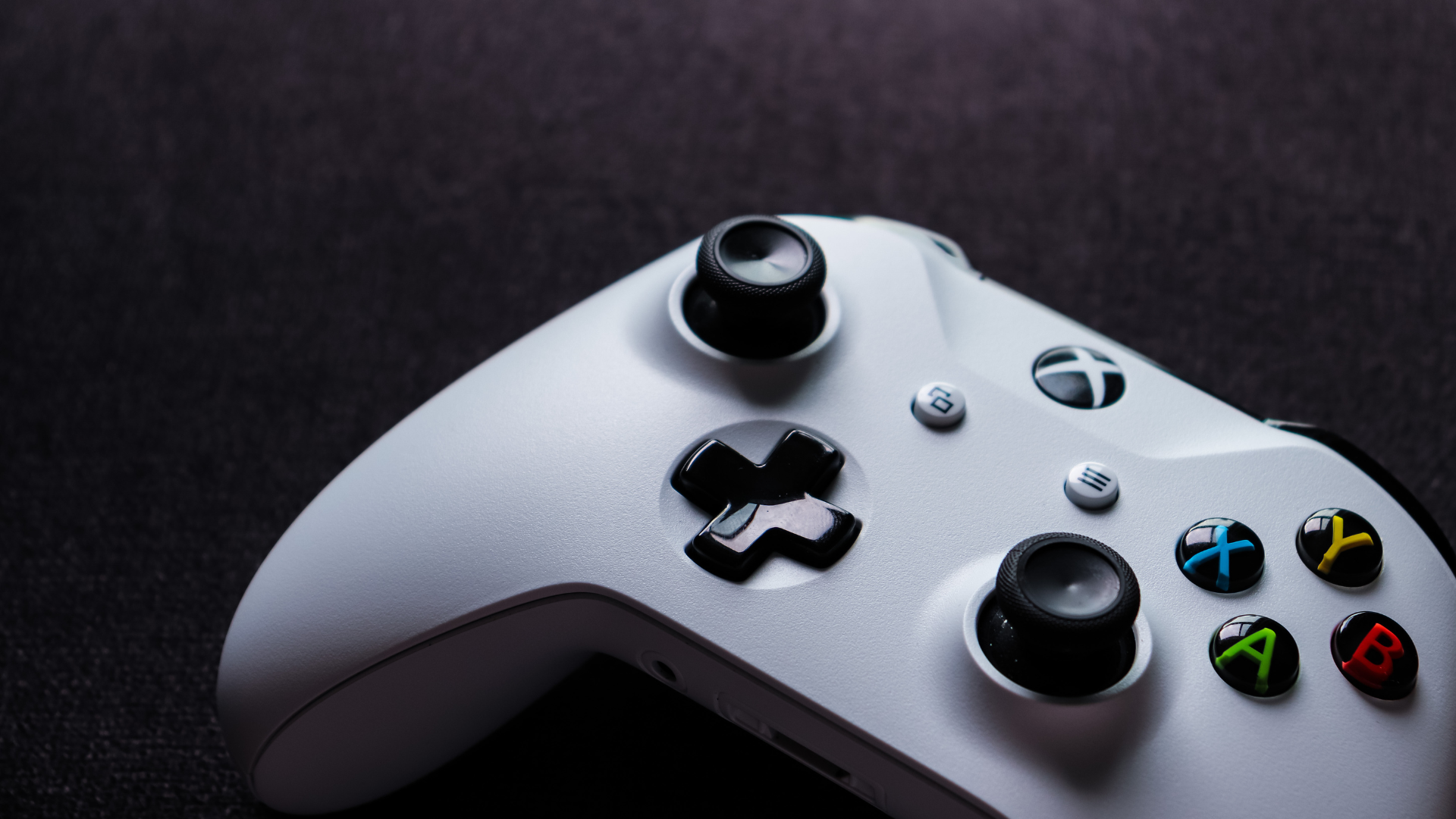 Best TVs for Xbox Series X 2025: amazing panels for Xbox gamers
Best TVs for Xbox Series X 2025: amazing panels for Xbox gamersThe best Xbox Series X TVs deliver next-gen HDMI 2.1 features, plus Dolby Vision & Dolby Atmos gaming
By Louise Blain
-
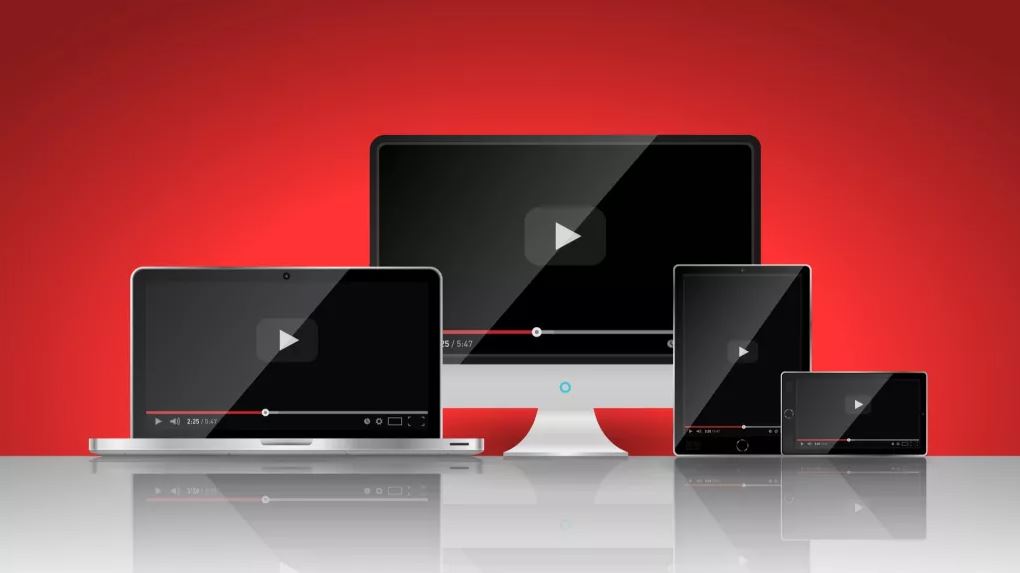 10 best VPN services for the everyday user in 2025
10 best VPN services for the everyday user in 2025Boost your digital privacy and unblock content from around the world with a VPN, and check out my top 10 apps.
By Alice Marshall
